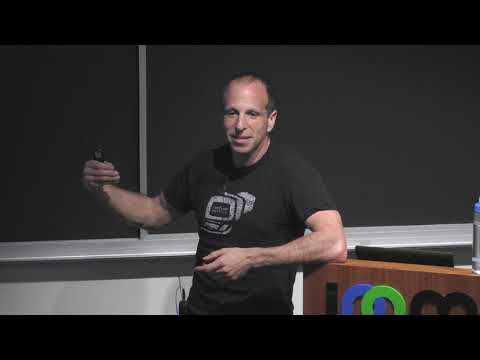Description:
Explore a lecture on the intersection of compressed sensing and deep learning in computational imaging. Delve into Ben Recht's presentation at IPAM's Multi-Modal Imaging Workshop, where he discusses novel approaches to inverse problems. Learn about the Plenoxels system for photorealistic view synthesis, which offers a faster alternative to Neural Radiance Fields. Discover how sparse 3D grids with spherical harmonics can be optimized using gradient methods and convex regularization. Examine the trade-offs between theoretical guarantees and flexibility in imaging techniques, and understand the potential for combining the strengths of compressed sensing and deep learning paradigms. Gain insights into the challenges and advancements in multidimensional image processing, nonlinear measurements, and complex forward models in computational imaging.

Splitting the Difference Between Deep and Shallow Solutions of Inverse Problems
Add to list
#Computer Science
#Artificial Intelligence
#Computer Vision
#Computational Imaging
#Deep Learning
#Engineering
#Electrical Engineering
#Signal Processing
#Compressed Sensing